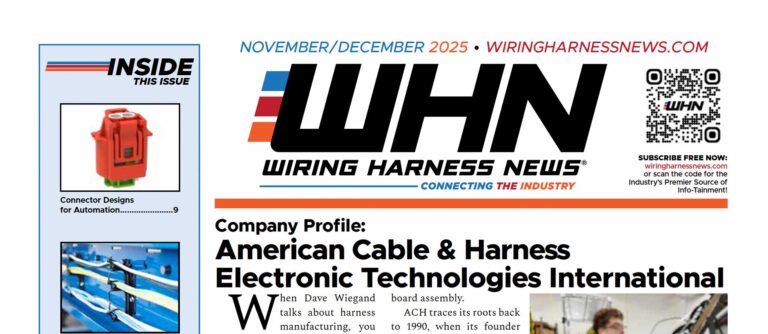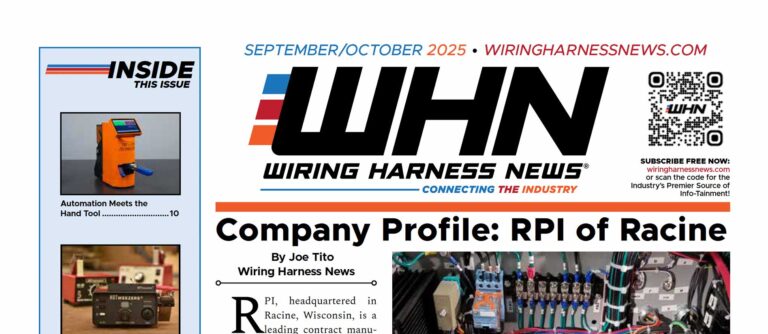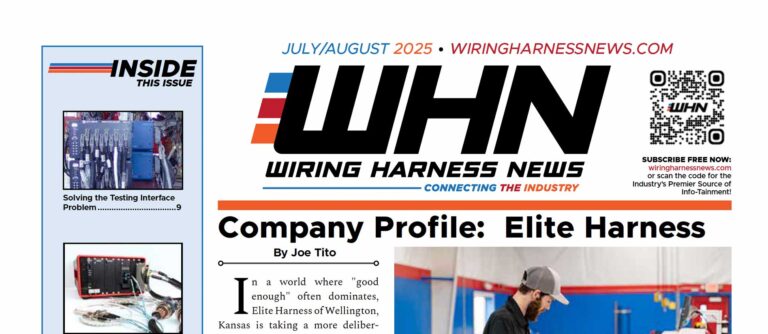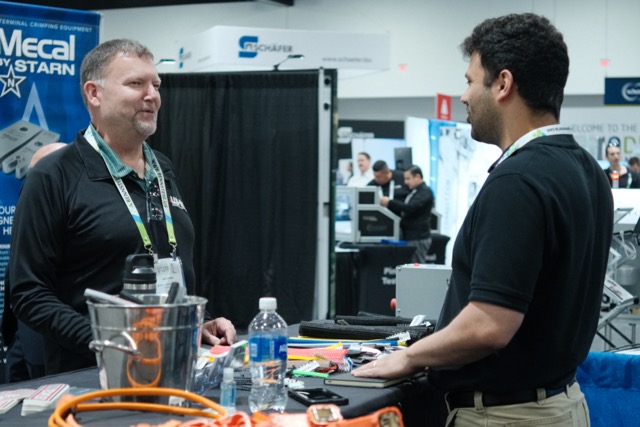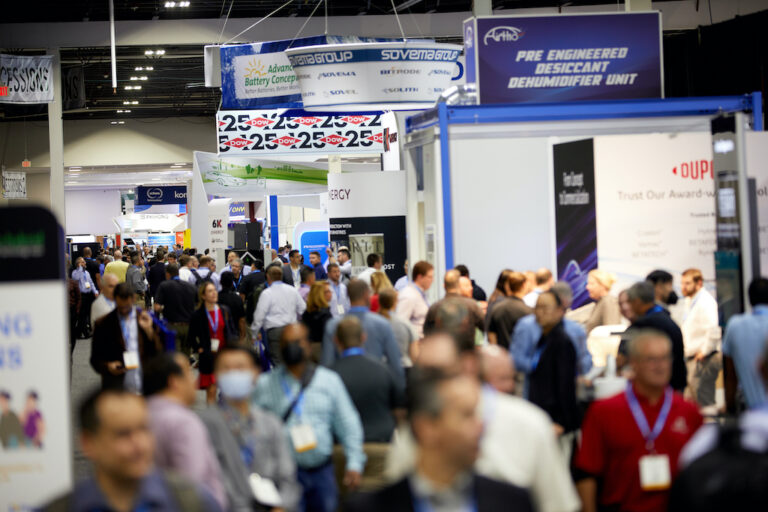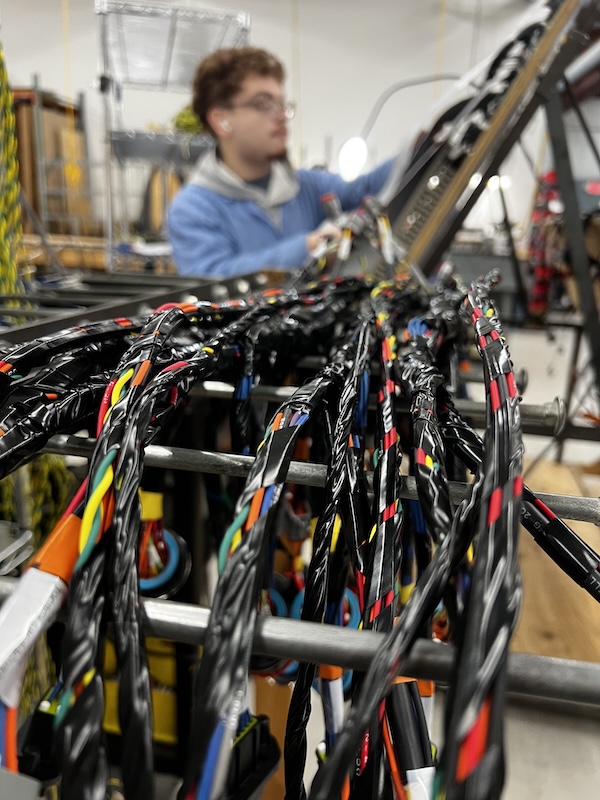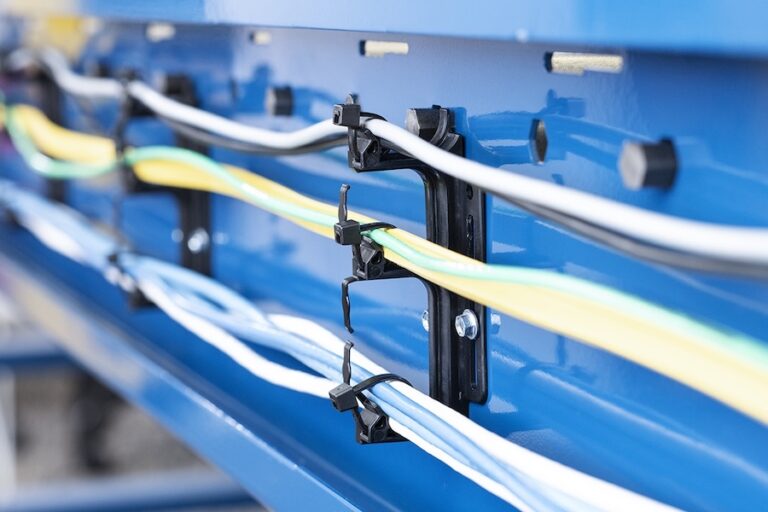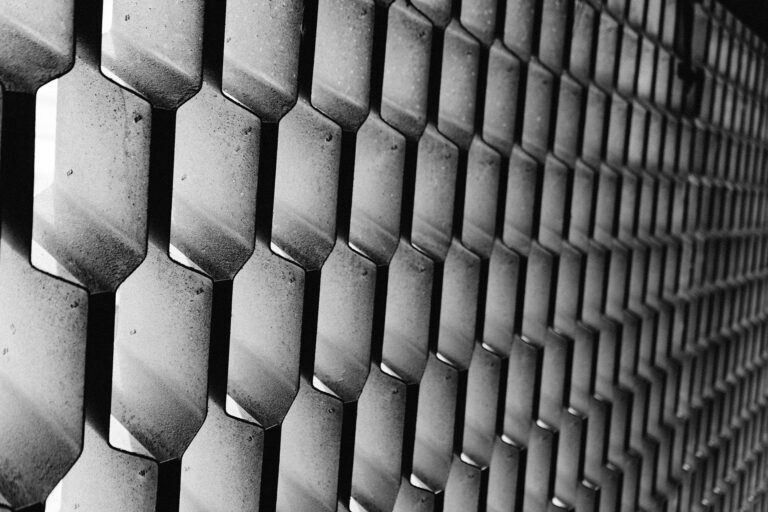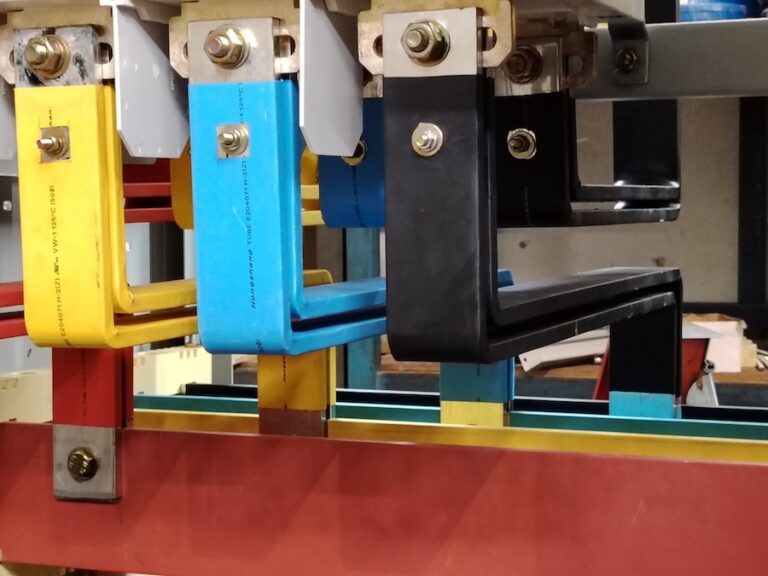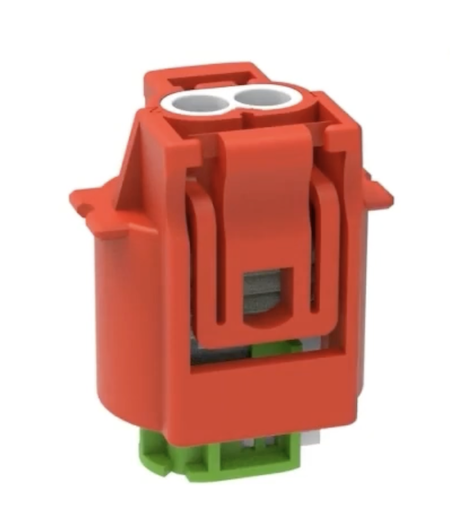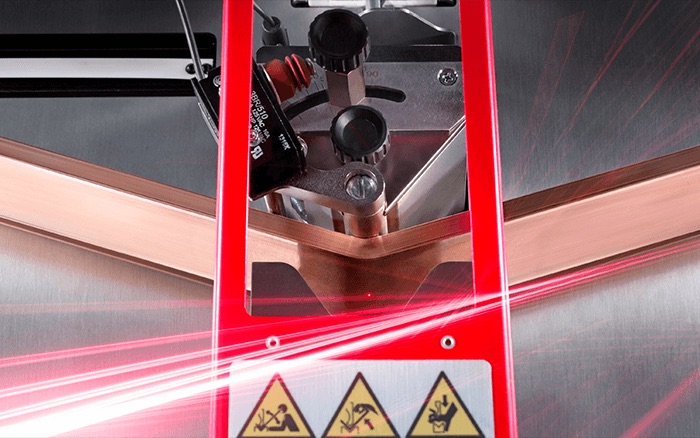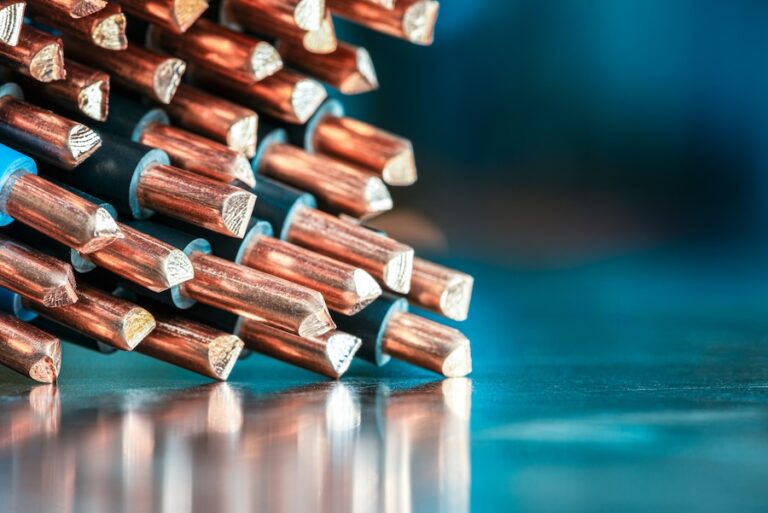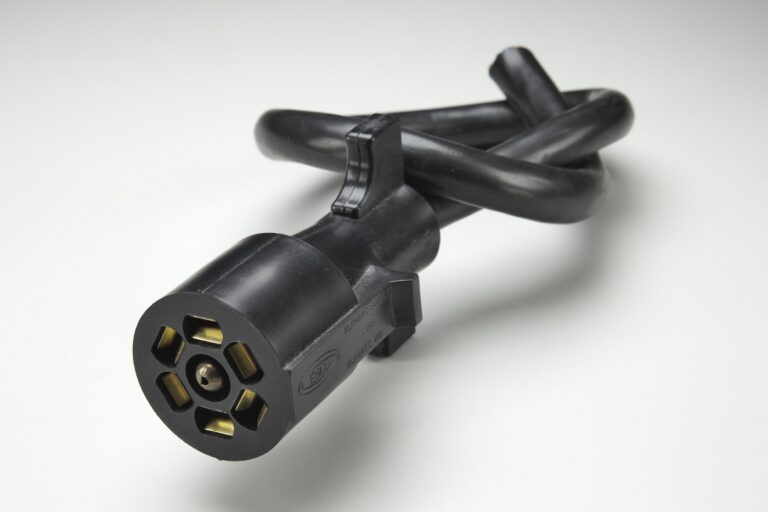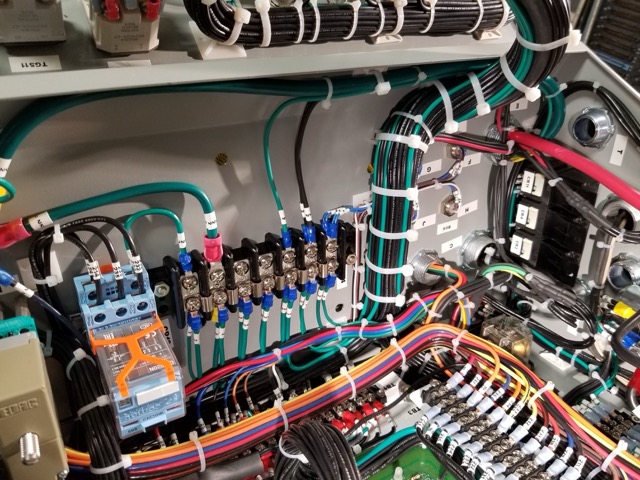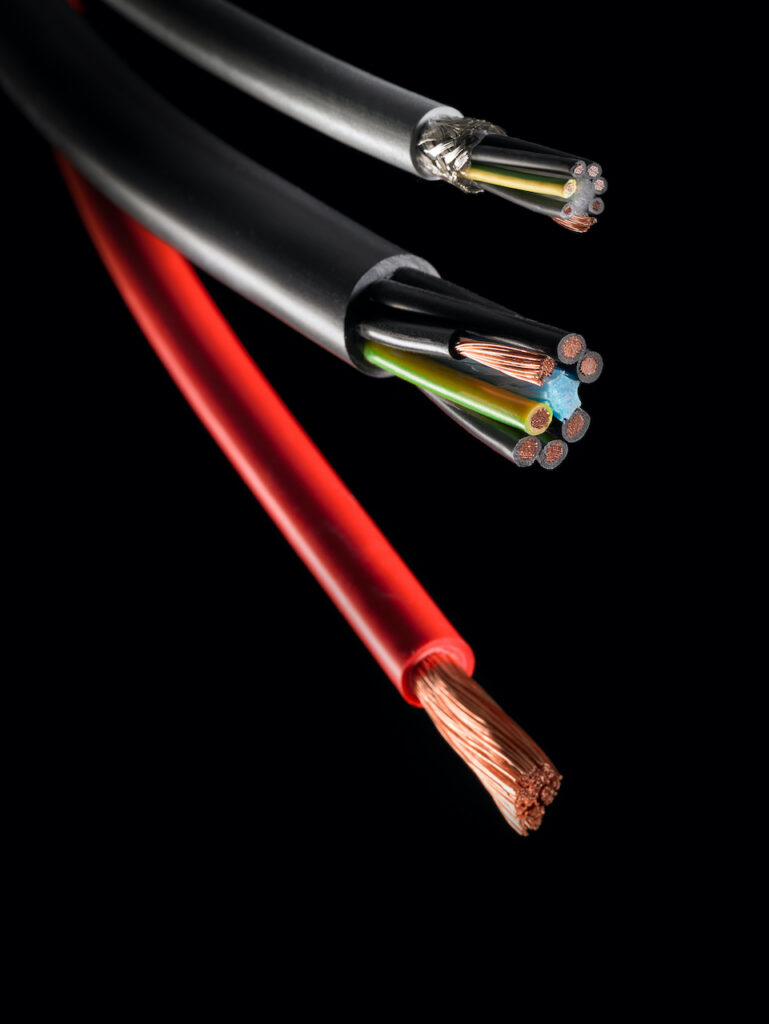When looking for optimal cables and wires, selecting the proper jacket material is critical. The outer jacket performs a multitude of functions that ensure the durability, safety, and performance of the cable or wire. It is not uncommon that a decision between polyurethane (PUR) and polyvinyl chloride (PVC) must be made. In this article, you will learn what the differences in properties between these two materials and which applications each is most suited for.
Jacket Structure and Function in Cables and Wires
The jacket (also called the outer sheath or sheath) is the outermost layer of a cable or wire and is applied using one of several extrusion methods. The jacket protects the cable conductors and other structural components from external factors such as heat, cold, moisture, or chemical and mechanical influences. It also secures the shape and form of the stranded conductors, as well as the shielding, if present, which minimizes disruptions in the electromagnetic compatibility (EMC) of the cable. This is important in ensuring the consistent transmission of power, signals, or data within the cable or wire. The jacket also plays a significant role in the durability of cables and wires.
The selection of a suitable jacket material is pivotal in determining the best cable possible for each application. It is therefore important to know exactly what purpose the cable or wire must fulfill and what requirements it must meet. Jacket material selection may also be influenced by the following criteria:
- Installation type (fixed or flexible)
- Type of movement (forcibly guided, hand-guided, bending, torsion)
- Temperature range
- Abrasion, tension, and other mechanical stresses
- Chemical influences
- Water resistance
- UV resistance
- Oil resistance
- Halogen content, flame retardancy, and fire protection class
- Cleanroom application
- UL or other approvals and certifications
The Most Common Jacket Materials
Polyurethane (PUR) and polyvinyl chloride (PVC) are two of the most commonly used jacket materials for cables and wires. Visually, there is no difference between these materials, but they exhibit different properties, which make them suitable for different applications. Additionally, several other materials can be used as jacket materials, including commercial rubbers, thermoplastic elastomers (TPE), and special plastic compounds. However, because these are significantly less common than PUR and PVC, we will only be comparing these two going forward.
PUR – The Most Important Properties
The term “polyurethane” (or PUR) signifies a group of plastics that were developed at the end of the 1930s. It is produced through a chemical process called polyaddition. The raw base material is typically petroleum, however, raw plant materials such as potatoes, corn, or sugar beets can be used in its production as well. Polyurethanes are thermoplastic elastomers. This means that they are flexible under heat but can return to their original form when the heat is removed. PUR is given the label 11Y in standards and article descriptions.
Polyurethane has especially good mechanical properties. The material is extremely abrasion, cut, and tear-resistant, and remains highly flexible even at low temperatures. This makes PUR especially suited for applications subjected to dynamic movements and bending requirements, such as in drag chains. Cables with PUR jackets have no problem enduring millions of bending cycles or strong torsion forces in robotic applications. PUR is also highly resistant to oils, solvents, and UV radiation. Furthermore, depending on the material’s composition, it is halogen-free and flame-retardant, which are important criteria for cables with UL approvals intended for use in the USA. PUR cables are typically utilized in machine and plant construction, in industrial automation, and in the automotive industry.
PVC – The Most Important Properties
Polyvinyl chloride (PVC) is a plastic that has been used in the manufacturing of different products since the 1920s. It is a product of the chain polymerization of vinyl chloride gas. As opposed to PUR, which is an elastomer, PVC is a thermoplastic polymer. If the material is deformed under heat, it cannot be returned to its original shape. PVC is referred to by the letter Y in standards and article descriptions.
As a jacket material, polyvinyl chloride offers a multitude of possibilities thanks to its ability to be adapted to different demands by altering its component ratios. Its mechanical loading capacity is not as high as it is with PUR, but PVC is also significantly more economical; polyurethane is, on average, four times more expensive. Furthermore, PVC is odorless and resistant to water, acids, and cleaning agents. It is for this reason that it is often used in the food industry or in damp environments. However, PVC is not halogen-free, which is why it is not considered suitable for specific indoor applications. Furthermore, it is not intrinsically resistant to oil, but this property can be achieved through special, chemical additives.
PUR and PVC Properties – Overview
| PUR | PVC | |
| VDE sign | 11Y | Y |
| Temperature resistance | -55°C to +90°C | -30°C to +80°C* |
| Halogen-free | Possible* | No |
| Mechanical durability | Very high | High |
| Abrasion resistance | Very high | Medium |
| Flexibility | Medium | High |
| Oil resistance | Very high | Medium |
| UV resistance | Very high | Possible* |
| Cleaning agent resistance | High | Very high |
| Wet area suitability | Good | Very good |
| Material cost | High | Low |
*Can be improved through the use of different material mixtures
Conclusion
Both polyurethane and polyvinyl chloride have their strengths and weaknesses as cable and wire jacket materials. There is no blanket answer for which material is the best fit for each specific application; it is heavily dependent on the individual demands of the application. In some cases, a completely different jacket material could be a more ideal solution. Users are therefore encouraged to seek the advice of an expert who is familiar with the positive and negative properties of the different materials and can weigh them against one another.
By Christian Dettmer, HELUKABEL


